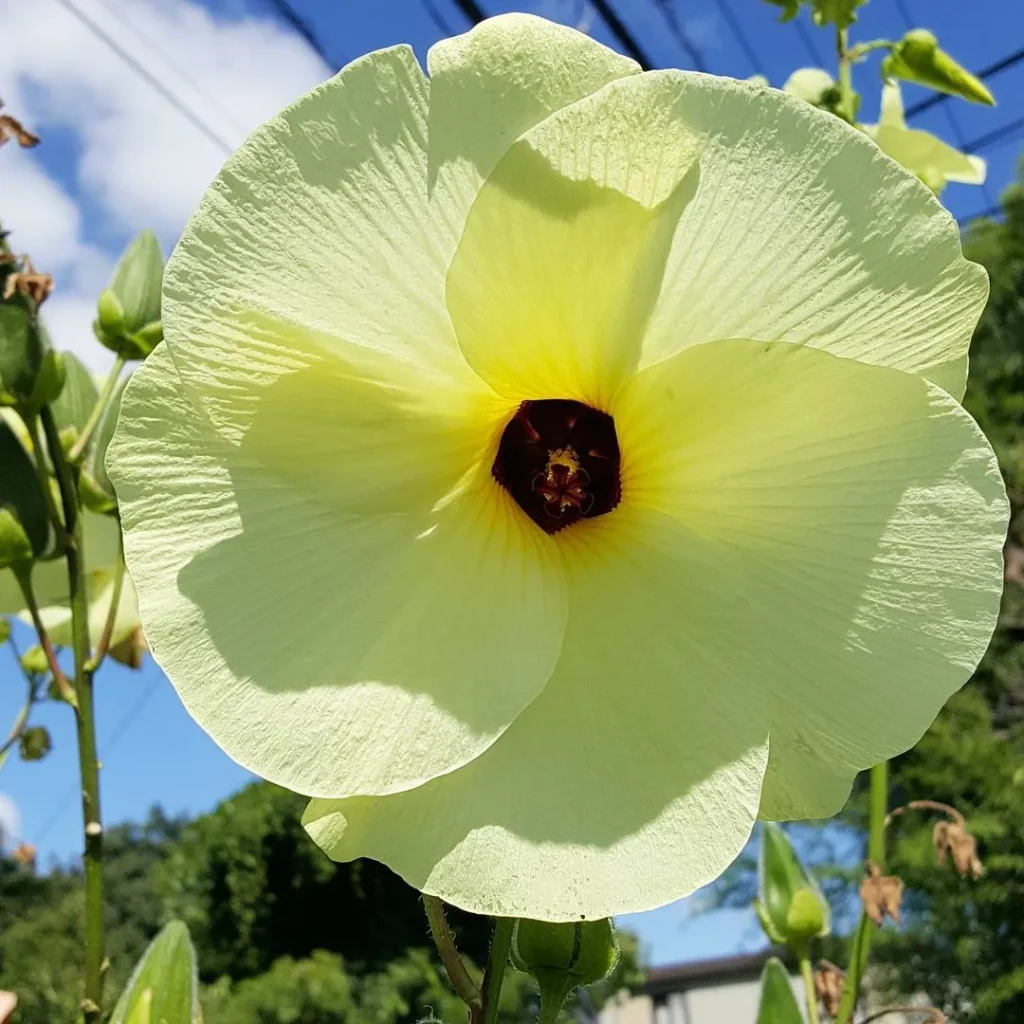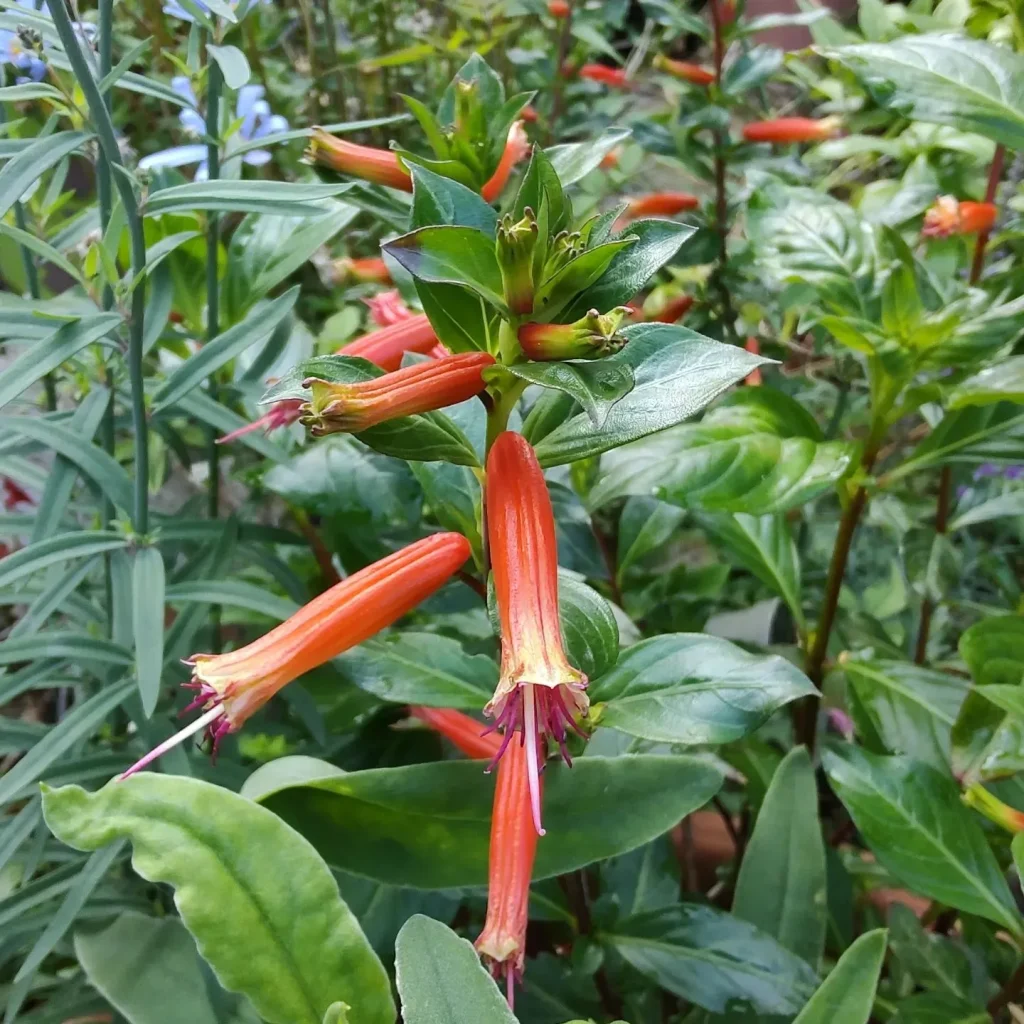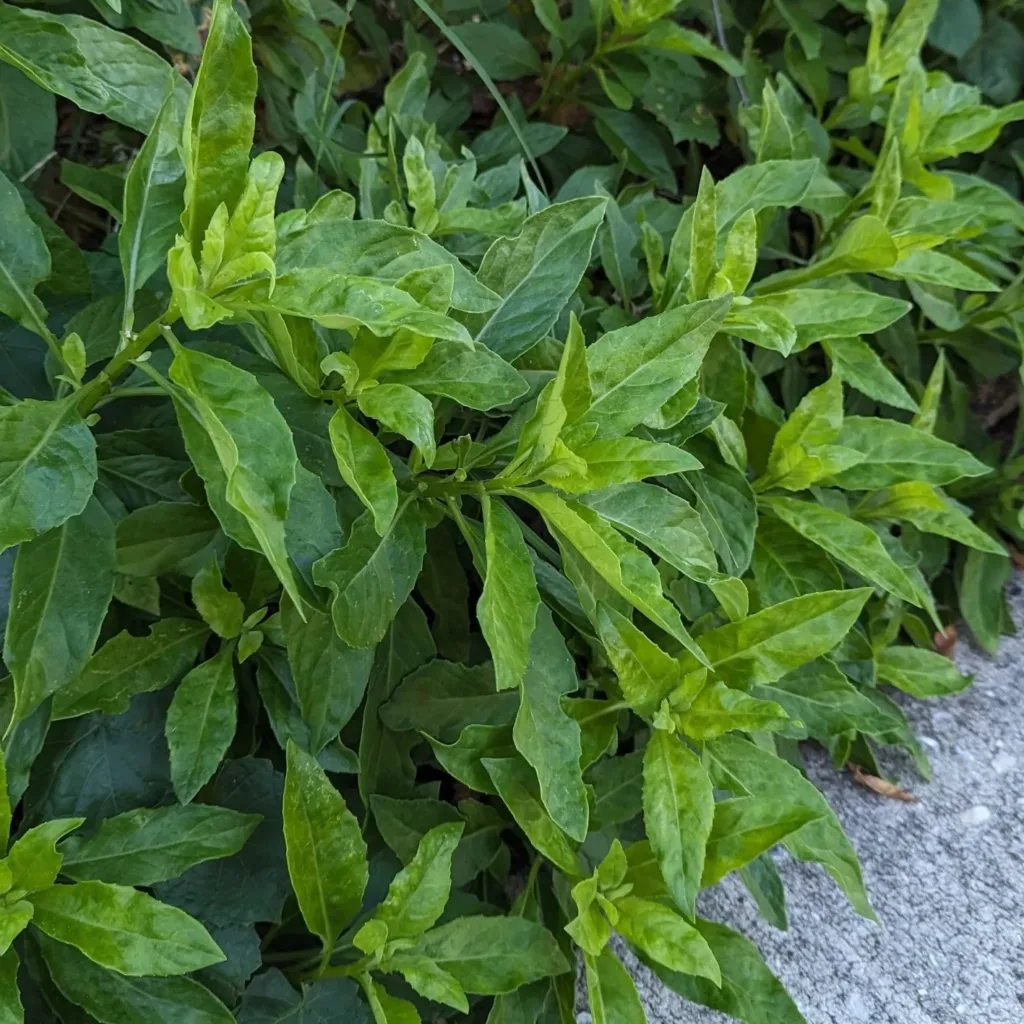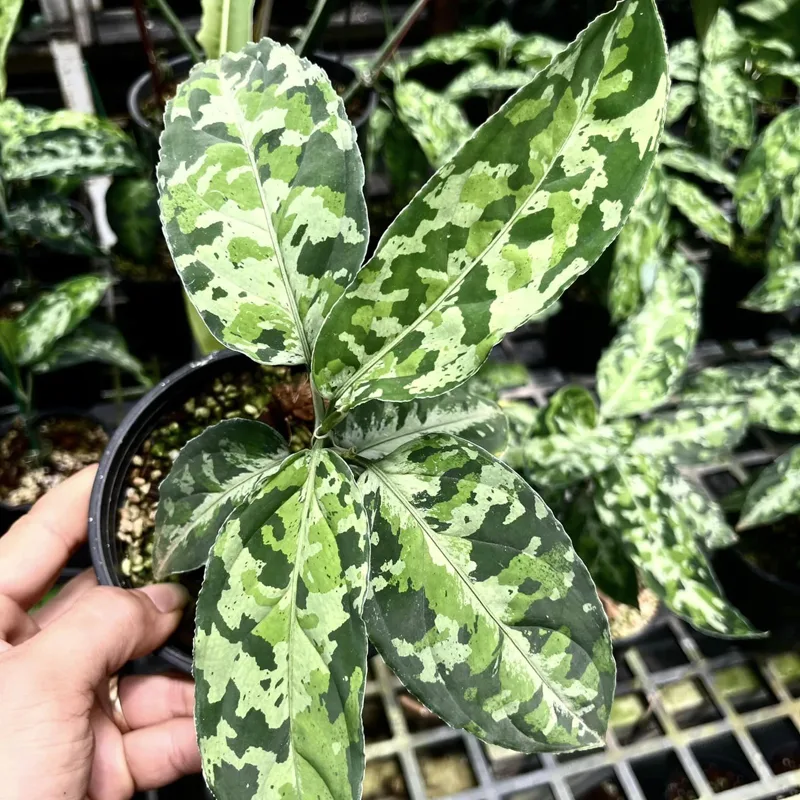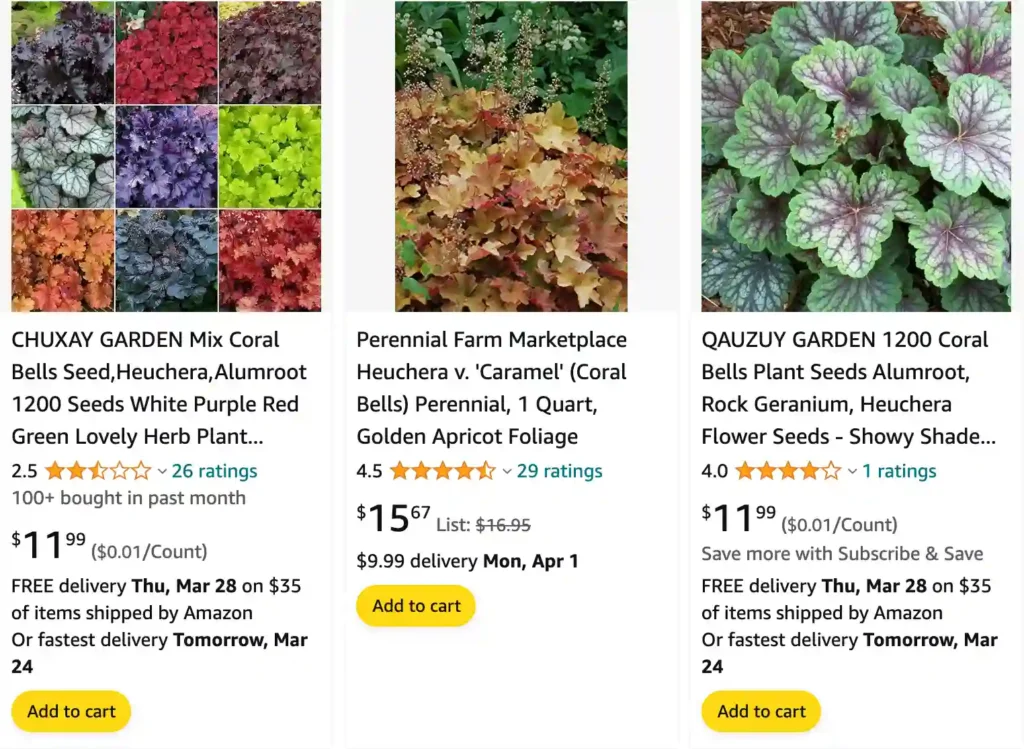
Heuchera Blackout: The Dark Star of Your Shade Garden
I’m Ferb Vu, and I’m here to answer your burning questions about Heuchera Blackout, the coral bells with foliage as dark as a summer night. This dramatic plant is a standout in the shade garden, but there’s more to it than meets the eye. Let’s delve into the world of Heuchera Blackout.
Where Does Heuchera Blackout Thrive?
Heuchera Blackout prefers the dappled light of a part-shade location. While some Heuchera varieties tolerate full sun, especially in cooler climates, Blackout’s dark foliage can scorch in intense heat. Aim for morning sun with afternoon shade, mimicking the conditions of its native woodland habitat.
What Kind of Soil Does Heuchera Blackout Need?
Well-draining soil is paramount. Heuchera Blackout dislikes soggy feet, so avoid heavy clay soils. Amend your planting area with compost or other organic matter to improve drainage and provide sustained moisture.
Planting Tips for Success
Plant your Heuchera Blackout in early spring or fall. Dig a hole slightly larger than the root ball and amend the removed soil with compost. Gently loosen the roots of your plant before placing it in the hole. Ensure the crown (the point where the leaves meet the roots) sits at ground level. Water thoroughly after planting and keep the soil consistently moist, especially during the first growing season.
Can Heuchera Blackout Handle Full Sun?
Technically, yes, but with limitations. In hot climates, full sun can scorch the leaves. If you live in a cooler region and provide consistent moisture, Heuchera Blackout might tolerate full sun. However, part shade is the safer bet for vibrant, healthy foliage.
How Much Shade is Too Much for Heuchera Blackout?
While Heuchera Blackout thrives in part shade, excessively dark locations can lead to leggy growth and fewer flowers. Aim for an area that receives at least a few hours of dappled sunlight each day.
Watering Needs for Heuchera Blackout
Heuchera Blackout prefers consistently moist soil but not waterlogged conditions. Water deeply when the top inch of soil feels dry to the touch. Avoid overhead watering, as this can promote fungal diseases.
Feeding Heuchera Blackout
A balanced fertilizer applied once in early spring is sufficient. Avoid overfertilizing, as this can encourage excessive foliage growth at the expense of flowers.
Winter Care: Protecting the Black Pearl
Heuchera Blackout is generally considered evergreen in warmer climates (Zones 7b and above). However, in colder regions (Zones 4a to 7a), the foliage might die back in winter. Don’t fret! The plant will typically return in spring. Apply a light layer of mulch around the base of the plant in fall to protect the roots from harsh winter temperatures.
Can I Propagate Heuchera Blackout?
Absolutely! Heuchera Blackout can be propagated by division in spring or fall. Simply dig up the mature plant and carefully divide it into sections, each with a healthy crown and roots. Replant the divisions in prepared soil and water them well.
Why are the Leaves of My Heuchera Blackout Turning Brown?
This could be a sign of sunburn, especially if your plant receives too much direct sunlight. Ensure adequate shade during the hottest part of the day. Alternatively, underwatering can also cause browning. Check the soil moisture and water deeply if necessary.
What Causes Holes in the Leaves of My Heuchera Blackout?
Slugs and snails are notorious for munching on Heuchera leaves. Look for slime trails or chewed edges as signs of these pests. You can use organic slug and snail baits or handpick them at night.
What Plants Complement Heuchera Blackout?
Heuchera Blackout’s dark foliage creates a dramatic backdrop for lighter-colored plants. Consider pairing it with Heuchera varieties with lime green or chartreuse leaves, ferns for a textural contrast, or variegated hostas for a splash of color.
Using Heuchera Blackout in Containers
Heuchera Blackout thrives in containers, adding a touch of darkness to balconies and patios. Opt for a well-draining potting mix and water regularly. Choose a container large enough to accommodate the plant’s mature size.
Heuchera Blackout vs. Obsidian
Both Heuchera Blackout and Obsidian boast near-black foliage. However, Obsidian has a more pronounced sheen and a slightly smaller stature compared to Blackout. Blackout also tends to hold its dark color better throughout the season, while Obsidian might develop some burgundy tones with extended sun exposure.
Heuchera Blackout vs. Dolce Noir
Heuchera Dolce Noir offers a striking alternative with deeply cut, almost black leaves. However, Dolce Noir has a more upright growth habit compared to the mounding form of Blackout. Dolce Noir may also require slightly more sun to maintain its dark color.
Heuchera Blackout vs. Black Bird
While Heuchera Black Bird has a similar dark coloration to Blackout, its leaves are more rounded and have a slightly metallic sheen. Black Bird also tends to be a more compact plant than Blackout.
Ultimately, the choice between these Heuchera varieties depends on your personal preference and desired garden effect. Consider the size, foliage texture, and sun tolerance of each variety to find the perfect fit for your needs.
Conclusion: Embrace the Darkness with Heuchera Blackout
Heuchera Blackout is a captivating plant that adds drama and intrigue to the shade garden. With its near-black foliage and low-maintenance needs, it’s a winner for gardeners of all levels. So, embrace the darkness and let Heuchera Blackout become the star of your shady haven.
If i die, water my plants!
